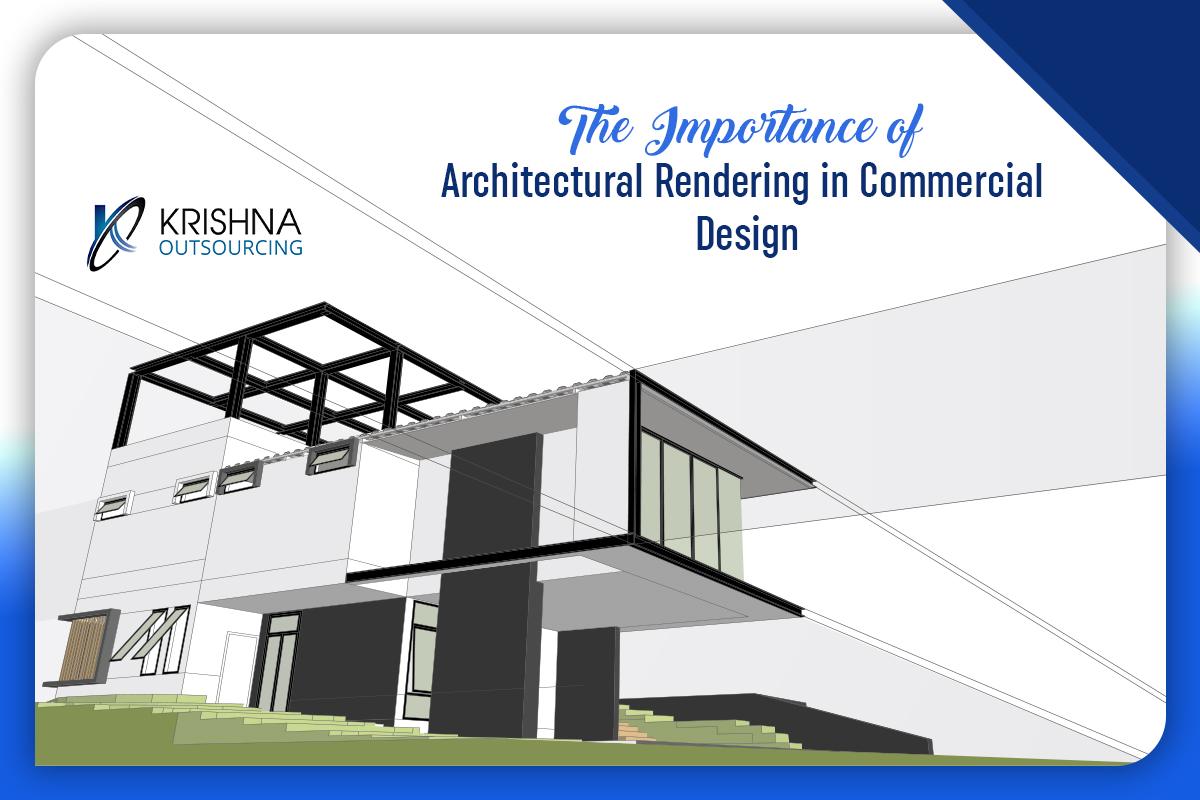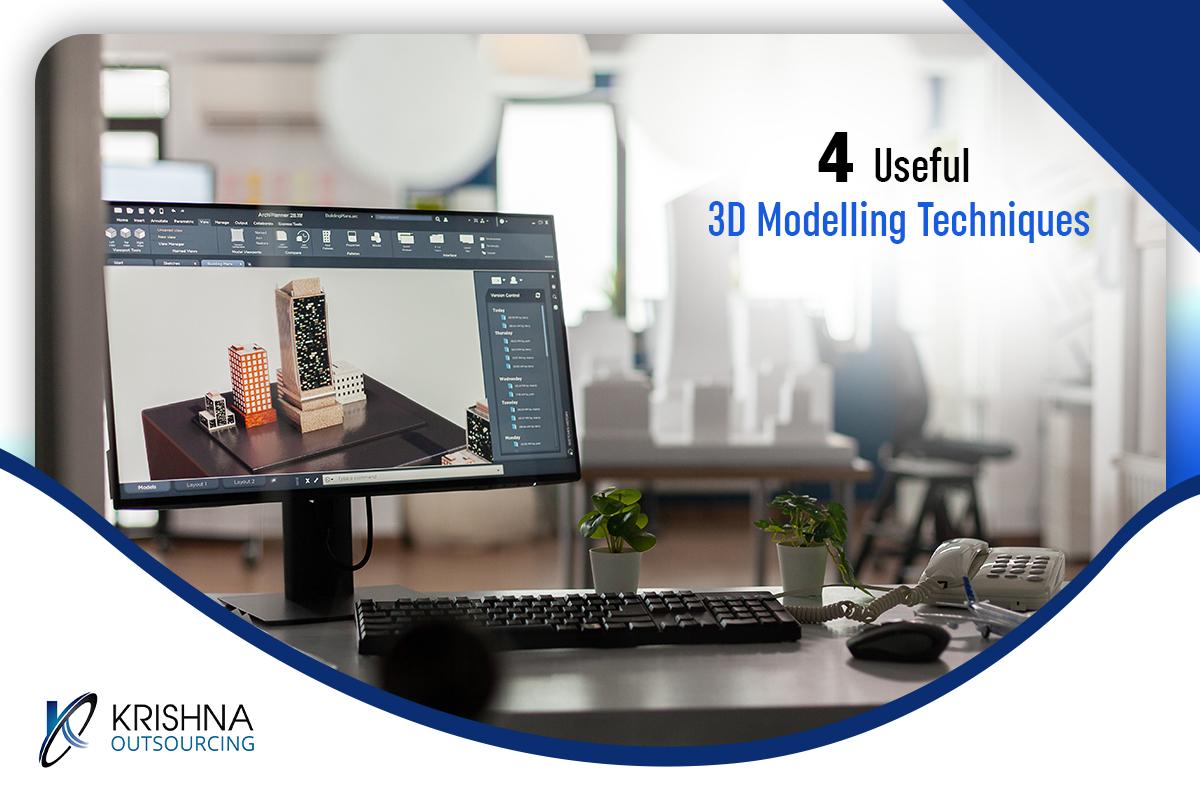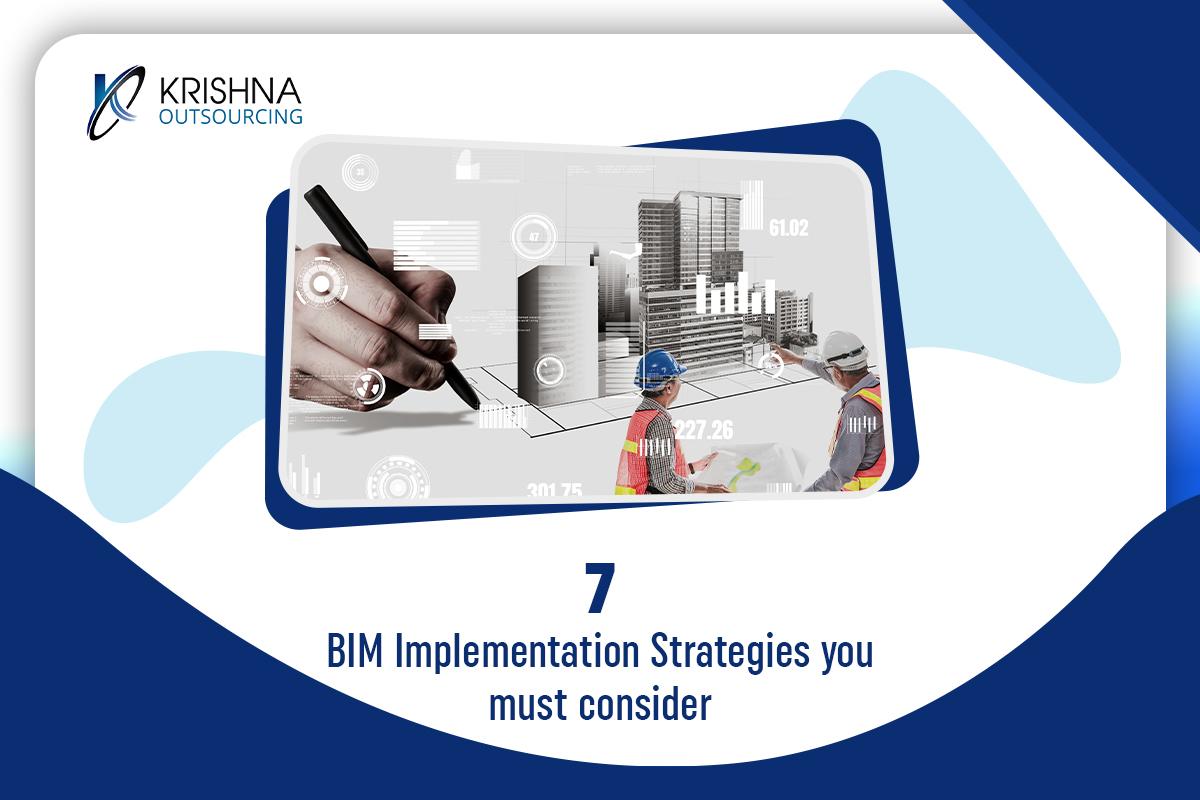Large and small businesses are actively incorporating BIM into their projects all over the globe. Companies continue to adopt BIM and reap the benefits of it. This is vital for project success and productivity.
BIM has been the talk of the AEC industry for many years now. There is still a lot to be confused about BIM and its benefits for contractors. BIM is often viewed as a technology or a way to create 3D models. However, this misconception is common.
Before jumping towards the benefits of BIM, let us quickly have a look at what BIM is!
What is BIM?
BIM, or Building Information Modeling, is a digital process for creating and managing information about a building or structure. It involves creating a 3D model of a building and adding information about its components, materials, systems, and other relevant details. This information can include everything from the dimensions of a wall to the performance characteristics of a heating and cooling system. BIM can also incorporate data about the construction process, such as scheduling and cost estimates.
BIM is used throughout the entire lifecycle of a building, from design and construction to maintenance and demolition. It is an important tool for architects, engineers, builders, and other professionals involved in the construction industry. It allows them to visualize and manage a building’s design and construction in a more efficient and accurate way. BIM can help reduce errors, improve communication among project stakeholders, save time and money throughout the construction process.
Now, let us dive into some concrete benefits of BIM for construction!
What are the advantages of BIM?
It is impossible to overstate the benefits of BIM tools and processes. It allows construction companies to complete projects without errors. The benefits are endless.
Here are 10 most notable benefits of BIM in detail:
1. Planning makes it easier
BIM is a way to automate the collection and use of construction information, which is different from traditional spreadsheets. Automated data generation replaces manual labor that can often be prone to human error. BIM allows you to export or extract material information, including types of material required, quantity, and length. All this is done from the 3D model.
This helps to accurately estimate cost estimates. This information is usually derived from the materials list and any other information on the model. BIM tools and processes are used to determine the costs and payments required during construction.
2. Early detection of collisions
There is always a chance that a model is inaccurate, no matter how well it looks. The site conditions will eventually verify the model’s accuracy even though the construction model might look great. BIM is indeed the solution. BIM can be used to eliminate flaws in the model, such as potential clashes with electrical cables or sewer pipes.
3. Project visualization
This is a benefit of BIM and it refers to project presentations. Clients may draw what they want their building project to look like. However, sometimes, even the most skilled employees are unable to understand the design concepts. BIM allows the creation of 3D models that can be easily visualized, which makes the presentation look much sleeker.
4. High-quality work
A well-synchronized, reliable model is essential to produce high-quality construction projects. Construction workers can collaborate with developers to distribute the BIM tools in order to view the entire project in real-time and better execute it.
5. Easy to access information about building constructions
Cloud storage has replaced the days of local disks storing documents and information. Cloud storage is attractive because authorized personnel can access the stored building information from anywhere in the world. It also allows for data to be stored indefinitely and prevents data loss.
6. Reduced errors and delays in project completion
BIM tools can dramatically reduce errors on construction sites and models. Design offices can make mistakes when they transfer 3D models using more manual processes such as paper. BIM solves these problems by digitizing the data and data transfer process.
7. Low risk execution of the projects
Recent research has shown that 75% of the construction companies that use BIM have experienced significant cost savings. By reviewing the project early, they can reduce waste and minimize the amount of unutilized building materials. It is proved by surveys that BIM helps in reducing the labor costs.
8. Competitiveness
It shouldn’t surprise that companies with more innovative ideas or skills are more often hired. BIM technology isn’t a future innovation; it is here now. This technology is becoming more popular in construction companies. It is used to differentiate the industry and provides many benefits, including facility management and post-construction.
9. Increase in productivity
Since the introduction of BIM accompanying software, productivity in the building industry has increased. Automation, new technology, and an expansion of BIM practice and expertise have all contributed to the increase in productivity.
10. It improves health and occupational safety
It is important to build buildings but it is equally important that you do so safely. Safety of workers must always be considered before you start any construction projects. BIM can also be used to improve health and occupational safety. A risk assessment is required before undertaking any difficult task.
Conclusion
BIM has many benefits that make it a must-have tool for both large and small construction firms. It not only helps to identify errors in building models, but also ensures success and better outcomes for any construction project. It is a significant technological advancement in construction.
If you are looking for the best BIM Clash Detection Services or MEP Clash Detection Services providing company, then KrishnaOS can help you with the best!
Contact our expert team to outsource all your headache at +91 8460 220 396 or +1845 445 4108 right away!







